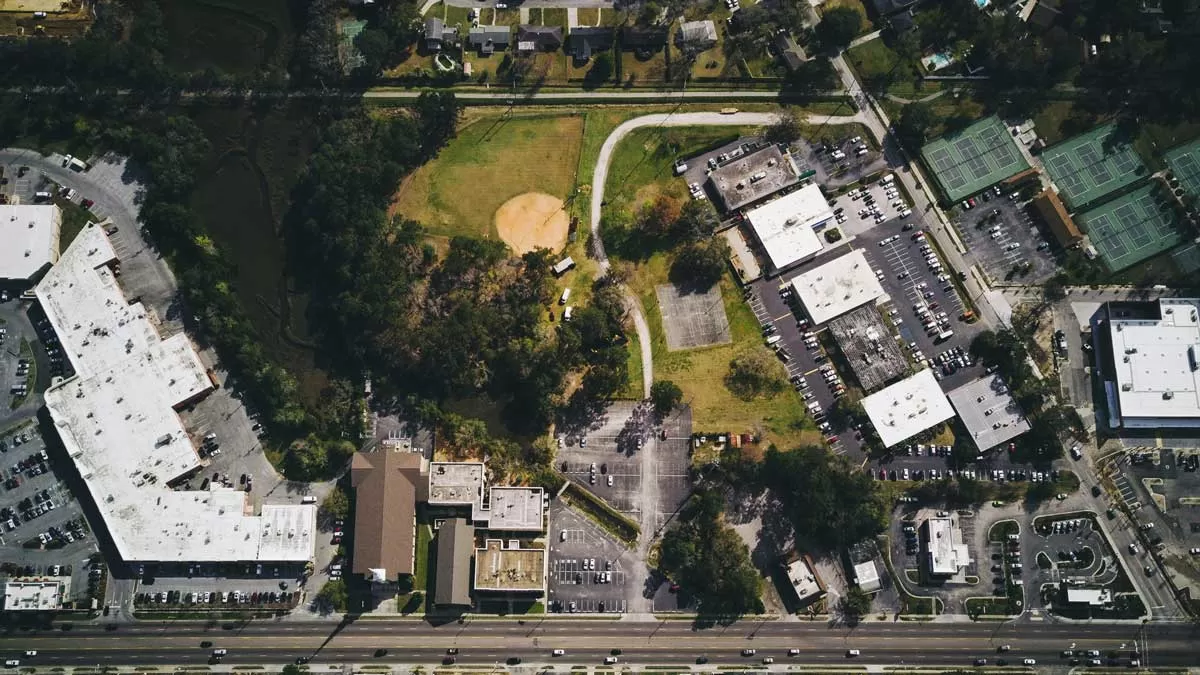As a development finance institution (DFI),
the National Bank for Financing Infrastructure and Development (NaBFID), will
facilitate cheap capital for public works programmes and projects, says Vinayak
Chatterjee, Chairman, Feedback Infra Group & Chairman, Confederation of
Indian Industry (CII), National Council on Infrastructure.
How do you see NaBFID rollout impacting
the infrastructure sector?
The NaBFID is a little bigger than other
infrastructure sector funds, in the sense, that it has been created for taking
up massive public works programmes. The other way of defining it is in terms of
financial returns. Now, let me explain how both mean the same thing. For
instance, look at Nehruvian-era projects like the Bhakra Nangal or Damodar
Valley Corporation. Those in their time were major public works programmes,
which delivered multiple benefits to the nation. Those were also projects that
don’t normally give the usual return to private investors typically looking for
18-20 per cent of the hurdle rate. A very basic point behind DFI is that we
need to get the Indian economy and the nation-building process off to a very
good start by investing with a very large bank of projects such as coastal
economic zones, river linking, irrigation works, remote connectivity, water for
all schemes and other such stuff that might give returns over 30 years. It is
not about one more financier competing with private sector investors, but
rather a standalone entity investing in projects that help build the nation as well
as provide long-term economic returns.
In your last interview with the
magazine, you had clearly indicated that the proposed DFI could be a
game-changer for the country. How?
If you take existing institutions, most of
them were not designed to fulfill the task of nationbuilding or remit economic
returns. By having a special set of dispensations under an Act of Parliament,
with easy access to cheap funds, the NaBFID will be able to leverage itself
better. Since the entity will be focused not on financial but on economic
returns, it will be able to invest in large public work programmes or projects
of national importance, where private capital won’t come.
Since you were part of a committee that
made certain recommendations to the Ministry of Finance and the Central
Government, your views on its structure?
NaBFID is a peculiar animal in that it is
created as an Act of Parliament. It is not bound by any leveraging norms in the
1:9 ratio. As a sovereign entity, it can leverage itself many times over that.
The DFI of China had leveraged itself 60 times! Thus, the NaBFID will have a
lot of liberal rules, which the banking sector and non-banking financial
companies (NBFCs) don’t enjoy. This will allow it access to cheap capital and
lend that at far lower rates towards nation-building.
Do you see it as playing a role very
similar to what the Franklin D Roosevelt administration did in the US in the
1930s to pull their beleaguered economy out of a debilitating recession?
You’re referring to the New Deal. Similarly,
you also had the Marshall Plan in Europe in the aftermath of World War II.
However, in both cases, they had deployed multiple strategies. Of course, the
DFI will play a key role in helping the Indian economy make a V-shaped
recovery. What I’m also saying here is that we already have a parallel in
history. After independence, India had an acute shortage of industrial capital
and to adequately address that need the leaders of the time created three major
DFIs: IDBI, IFCI and ICICI. Between the mid-1950s and the late 1980s, these
three DFIs practically created a new industrial class in the country. Many of
the projects and companies that you see today doing very well on the stock
exchanges are products of that system. They helped create a new generation of Indian
entrepreneurs when industrial capital was scarce. Today, industrial capital
comes in so many ways into the industry. So, you once again have the economic
history repeating itself when the nation required a DFI for raising capital for
public works and infrastructure.
What kind of an impact do you see NaBFID
having over the next 20 to 30 years?
How
I see that happening is that today we do not have a method of financing large
public works programmes. For example, if I tell you that I want to do a very
major irrigation project, you will not know how to finance it. We have financed
the bullet train with DFI capital. The Japan International Cooperation Agency
(JICA) has given a Rs 900 billion loan for 60 years at 0.5 per cent interest,
with a 15- year moratorium on development capital. So, it will have an impact
by creating India’s first high-speed train with many multiples and
demonstration effects. Then even Delhi Metro was created with developmental
finance from Japan. What we are trying to do is now is replicate that instead
of restricting ourselves to an isolated project here and there.
What are the segments that are most
likely to benefit within the infrastructure space from this new institution?
The segments would relate to major
irrigation projects, water supply in rural and urban areas, transportation
networks in remote areas that may not be immediately viable, an extension of
railway lines and urban transportation projects like suburban railways that are
normally subsidised. These are broad examples of areas where private capital
usually hesitates to chip in.
Since this will be a first of its kind
DFI what are some of the things that policymakers need to bear in mind?
The two important points are that the
political class must not impose on the institution include projects which are
unviable or purely populist. Areas like education, healthcare, etc., should be
prioritised, but the fear is that they often end up becoming hostage to
politicians trying to win brownie points by pressurising the management to look
at projects that need not be done at all in the first place. Therefore, the
next point that follows is that the DFI will be professionally managed. This
means while it is a 100 per cent entity of the nation, 50 per cent of the board
will consist of eminent professionals. The operating management, which would
include CEOs from various verticals, would be provided special immunity from
any kind of prosecution on collective decision-making. These are things that we
need to be alive to.
Due to the coronavirus pandemic and the
subsequent nationwide lockdown, 2021-22 fiscal was sluggish for the economy and
the infrastructure sector. What is your outlook for the current fiscal?
If
you take the fourth quarter of 2019-20 fiscal and index that to 100, I expect
the economy to return to that level in the fourth quarter of 2021- 22. The
economy shrunk by 24 per cent in the first six months of 2020-21. It again
shrunk by 9 per cent in subsequent months. So, 100, at its worst, came down by
26 points to 74. However, from 74 we have to again start climbing up. While you
may say the economy is growing at 10 per cent, but if the economy has already
fallen on an index of 100 to 74, the 10 per cent is on that base.


















